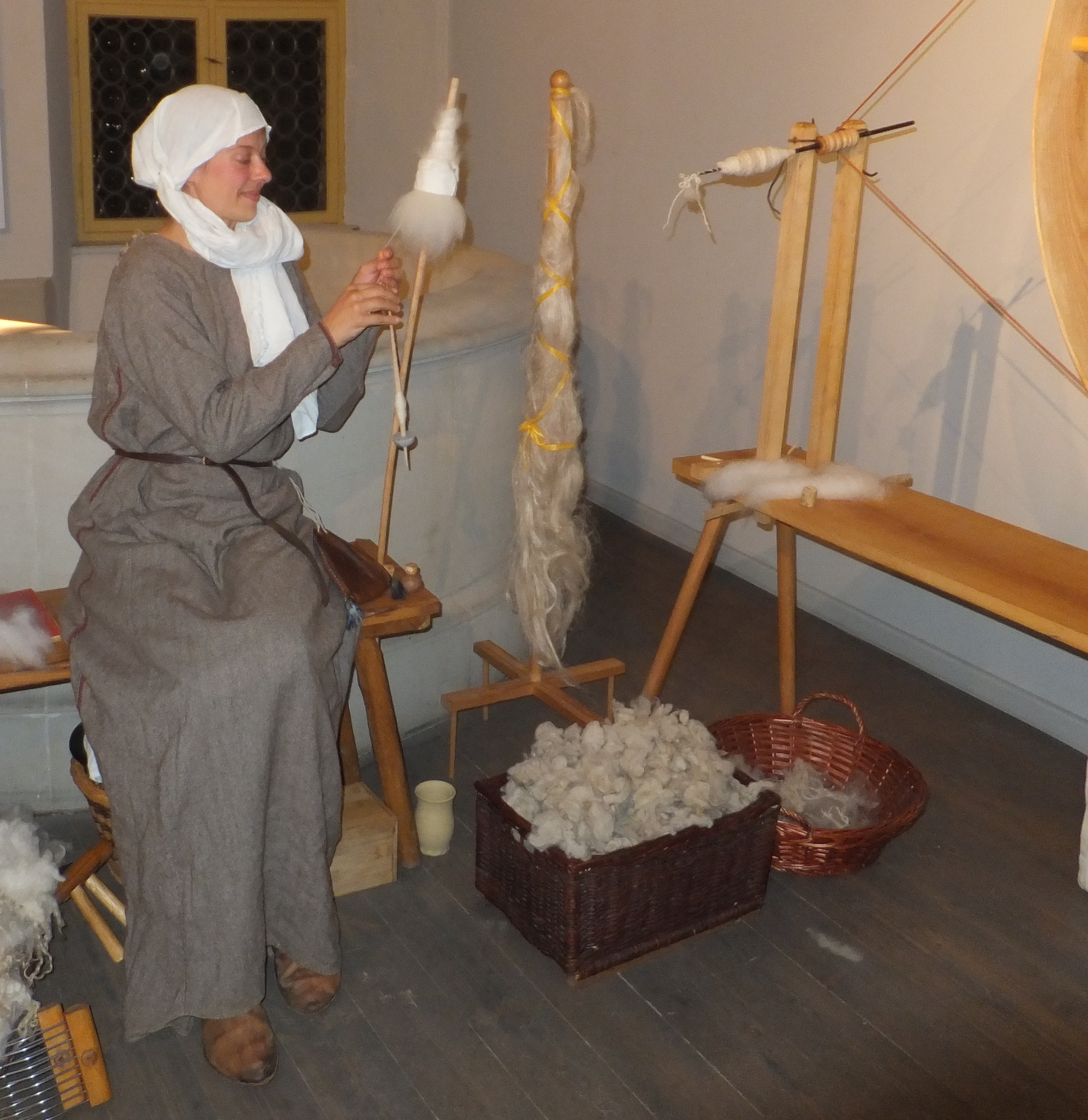Spinning is a kind of magic - it turns fibres into yarn just by adding twist. Of course there's some skill of the spinner involved as well.
Since yarns are the basic building block for most textile techniques, spinning is one of the key tasks in textile work overall. While the principle is really simple, or maybe because the principle is really simple, there is a multitude of spinning tools and spinning techniques that can be found around the world and through time. In some instances, we have a pretty good understanding of how yarns were spun; in other cases, we know next to nothing.
As spinning was mostly a very mundane task, there are few sources that go into detail. Especially for the earlier periods of history, this poses a problem if we try to reconstruct the techniques. Archaeological finds can provide some evidence for spinning tools (mostly spindle whorls, as these are fairly easy to recognise and, if made from ceramics, survive well in the ground) and sometimes some evidence for fabrics and yarns, but this does not necessarily mean that we know how the tools were used to make the yarns.
Handspinning, both historical and modern, remains a fascinating topic with a lot of open questions. For some of your questions, though, I do hope you will find the answers on these pages!

















